Buying a backpacking sleeping bag (especially your first) is a momentous occasion, not just because it’s a critical part of your trekking gear list but also because they’re usually so expensive.
The concept of an affordable yet high-performing 3-4 season sleeping bag seemed unrealistic about 15 years ago because low cost synthetic insulation was too bulky to be practical, which left only expensive down-filled sleeping bags as viable options.
Things have changed, and now we are blessed with a synthetic-insulated sleeping bags that (although still not on par with down) have an acceptable warmth-to-weight ratio while still offering excellent value.
Vango has been a hallmark of value for outdoor gear in the UK, and this key attribute is on full display with the Apex 3 sleeping bag, which, Vango says ‘has been designed with our most innovative and environmentally friendly fabrics’ yet only costs £160. Sounds intriguing, and we had to check it out.
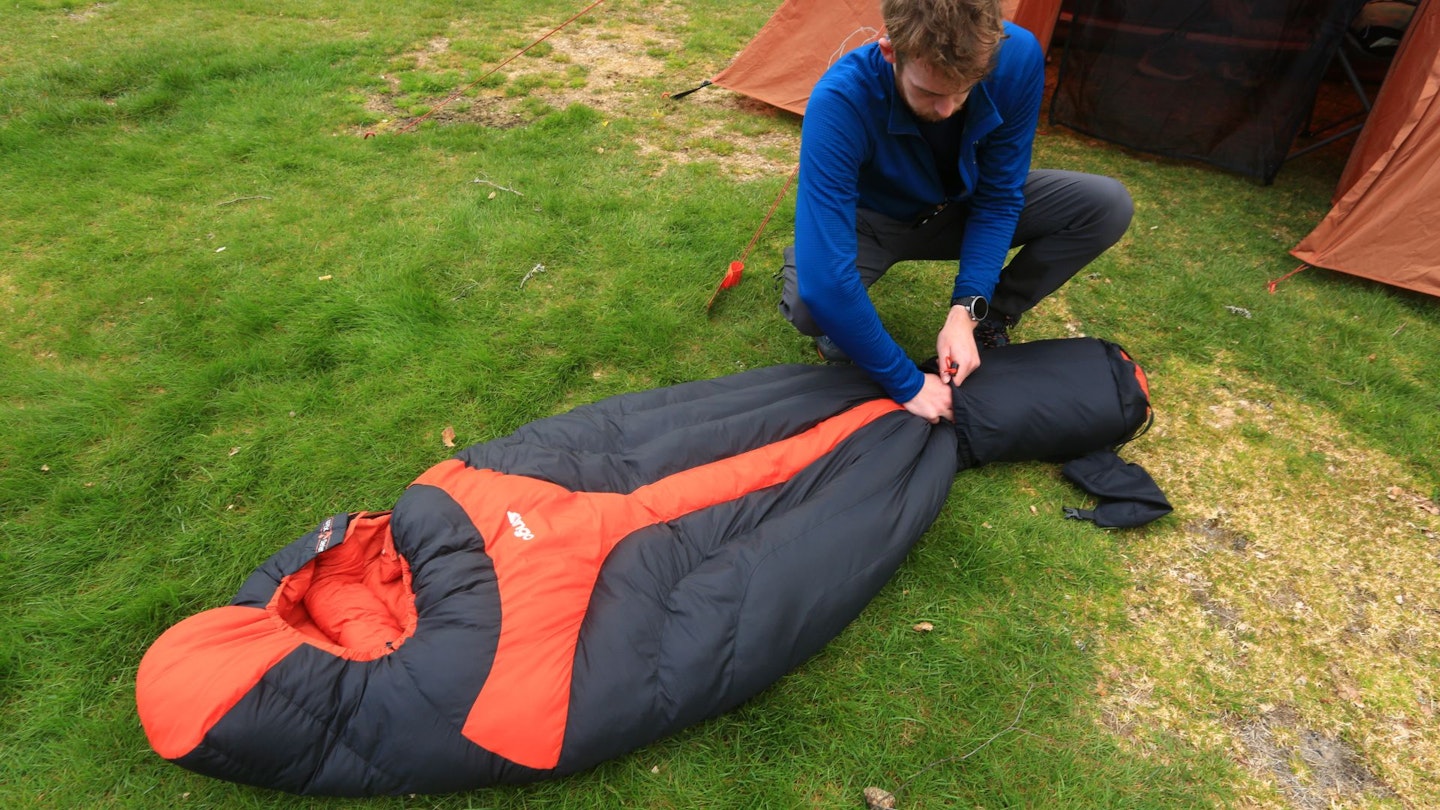 LFTO
LFTOoutdoorgear.co.uk
Pros
- Good shape and comfort
- Ideal entry-level backpacking sleeping bag
- Fabric is more cosy than on many nylon sleeping bags
- Fully recycled fabrics
- Copes well with damp
- Great value
Cons
- Heavier than most competitors
- Only one size
| Sizes | One size |
| Packed size | 42 x 27cm |
| Weight | 2.05kg |
| Insulation | EcoLoft (100% recycled) |
| Materials | Fully recycled Polair EcoNet 20D nylon |
| Temperature rating | Comfort -3°C | Limit -10°C |
Temperature ratings and insulation
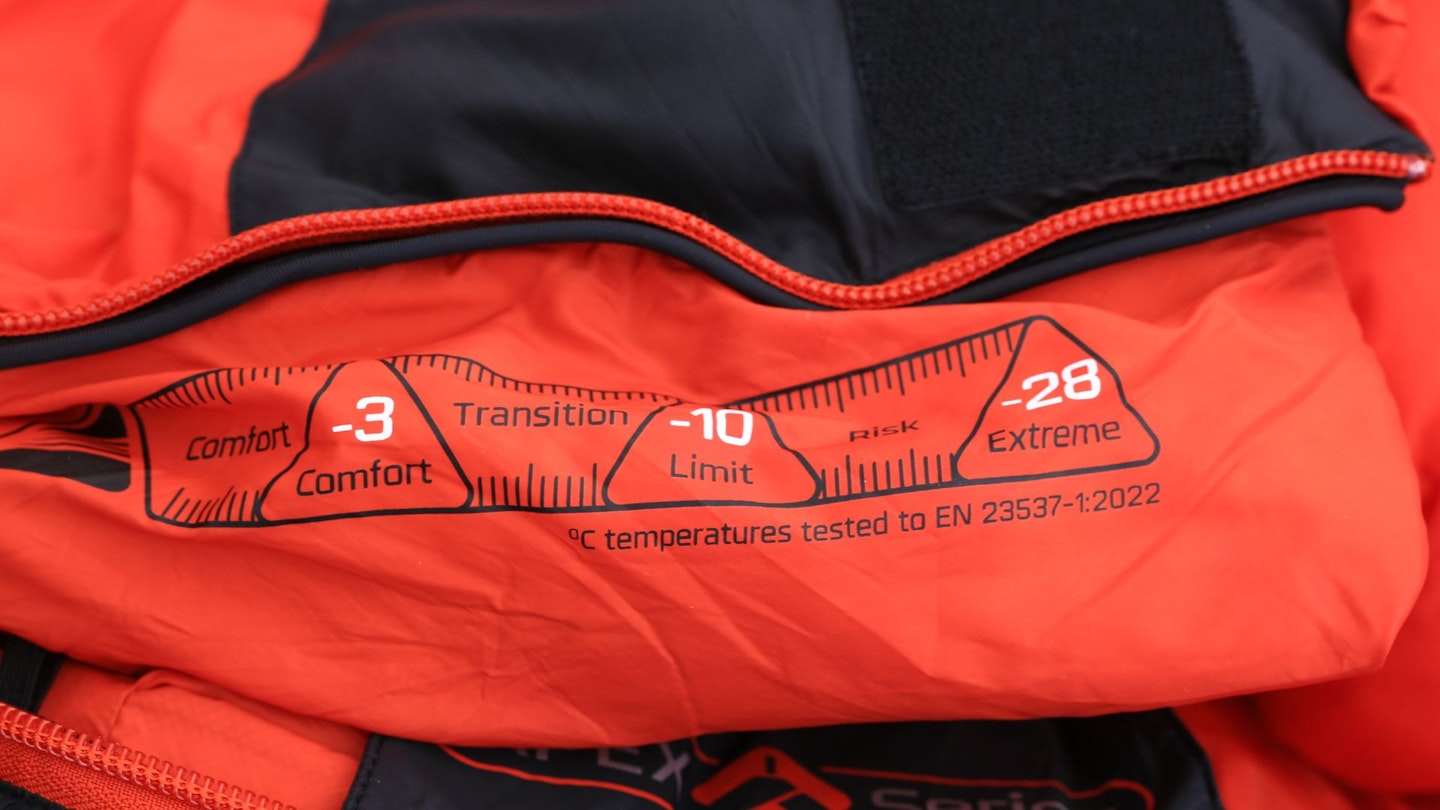
At the time of writing, the Apex 3 is the warmest of the three Vango Apex sleeping bags, being rated with a comfort temperature of -3°C and lower limit of -10°C. That makes the Apex 3 suitable for 3-4 season use.
Pack size and weight
At just over 2kg and packing down to 42 x 27cm this isn’t exactly a compact sleeping bag and can really only fit in large 60+ litre hiking packs.

When we said that synthetic insulated sleeping bags have improved over the years, some have but many remain quite bulky.
There are other synthetic-filled sleeping bags on the market with comparable temperature ratings to the Apex 3 but weight less and are more compact. The Robens Glacier III -9°C, for example, has the same temperature ratings but weighs less than 1.8kg and packs down to 36 x 26cm. Marmot, meanwhile offers the Trestles Elite Eco 15 (Long version) with the same temperature ratings but weighs just 1.3kg and packs down to about the same size.
Materials and sustainability

So, what about those ‘innovative and environmentally friendly fabrics’ Vango was on about? In short, all the fabrics (shell, lining, and insulation) are recycled. The shell and lining are made from a fabric called Polar EcoNet, which is a 20D nylon made from fishing nets. The insulation material is called EcoLoft and is designed to mimic the characteristics of down by having a high loft.
We thought that these materials felt reasonably robust, especially compared to many lighter (and usually more expensive) trekking sleeping bags.
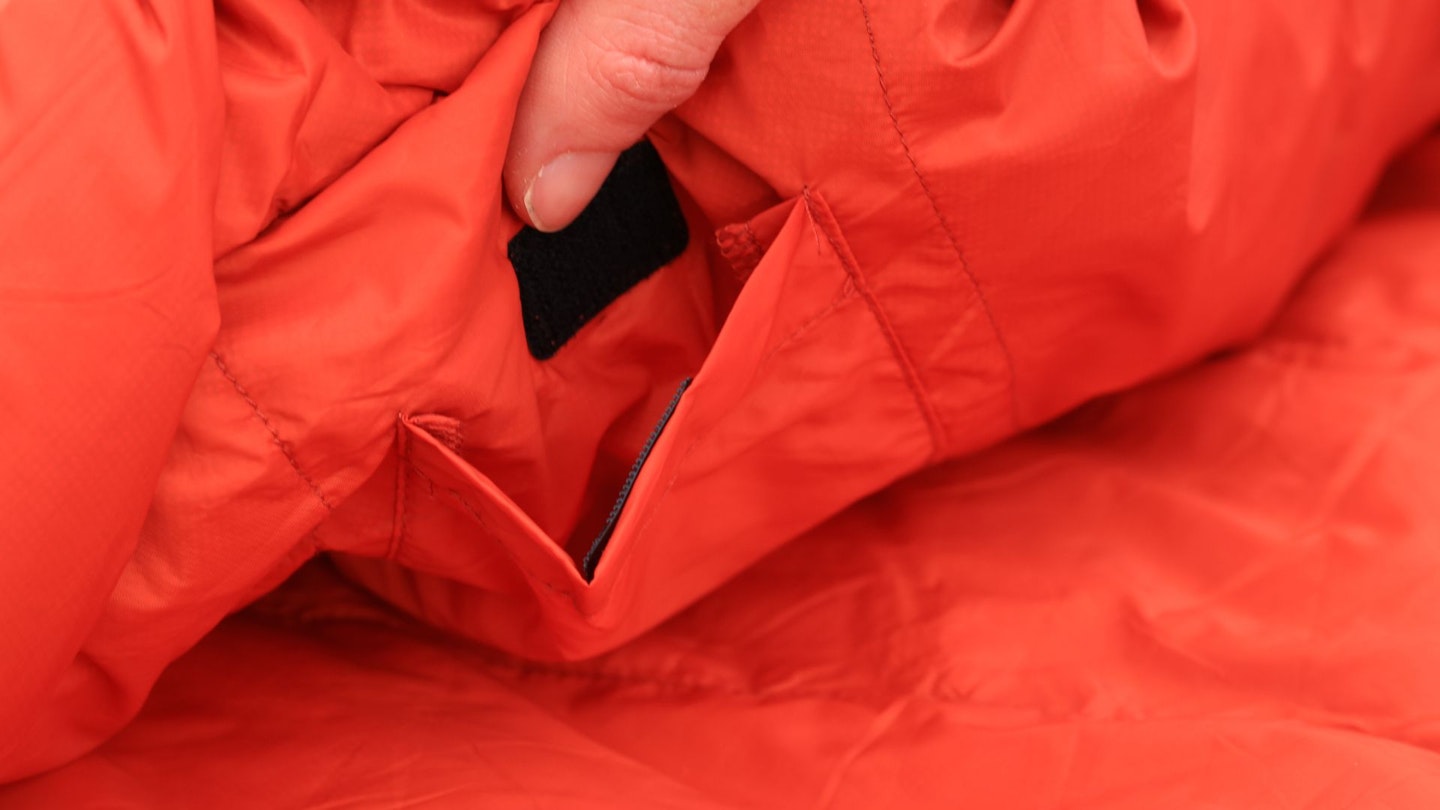
Shape, comfort, and performance
To make the Apex 3 thermally efficient, it’s quite a tapered mummy shape. On test, we found it perfectly comfortable with a well-shaped foot box and a lining fabric that is quite pleasant against the skin – not shiny or slippery like some nylon fabrics.
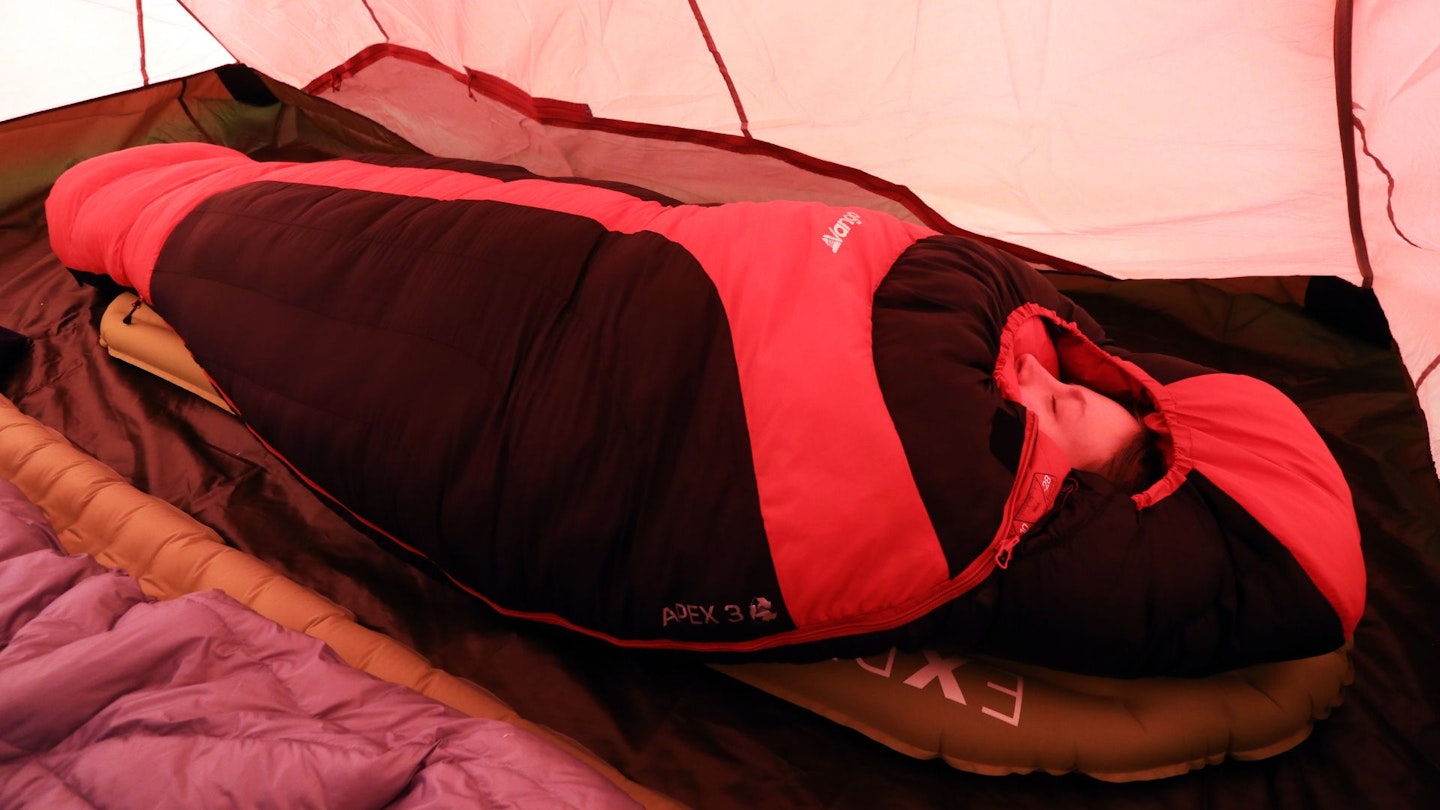
To further increase thermal efficiency, the Apex 3 has a reflective lining to help maintain as much of your body heat as possible. It also features quite thick shoulder baffles and a cinchable hood. In terms of moisture management, the synthetic insulation is inherently resistant to absorbing dampness, and even when it does, it maintains its insulating ability.
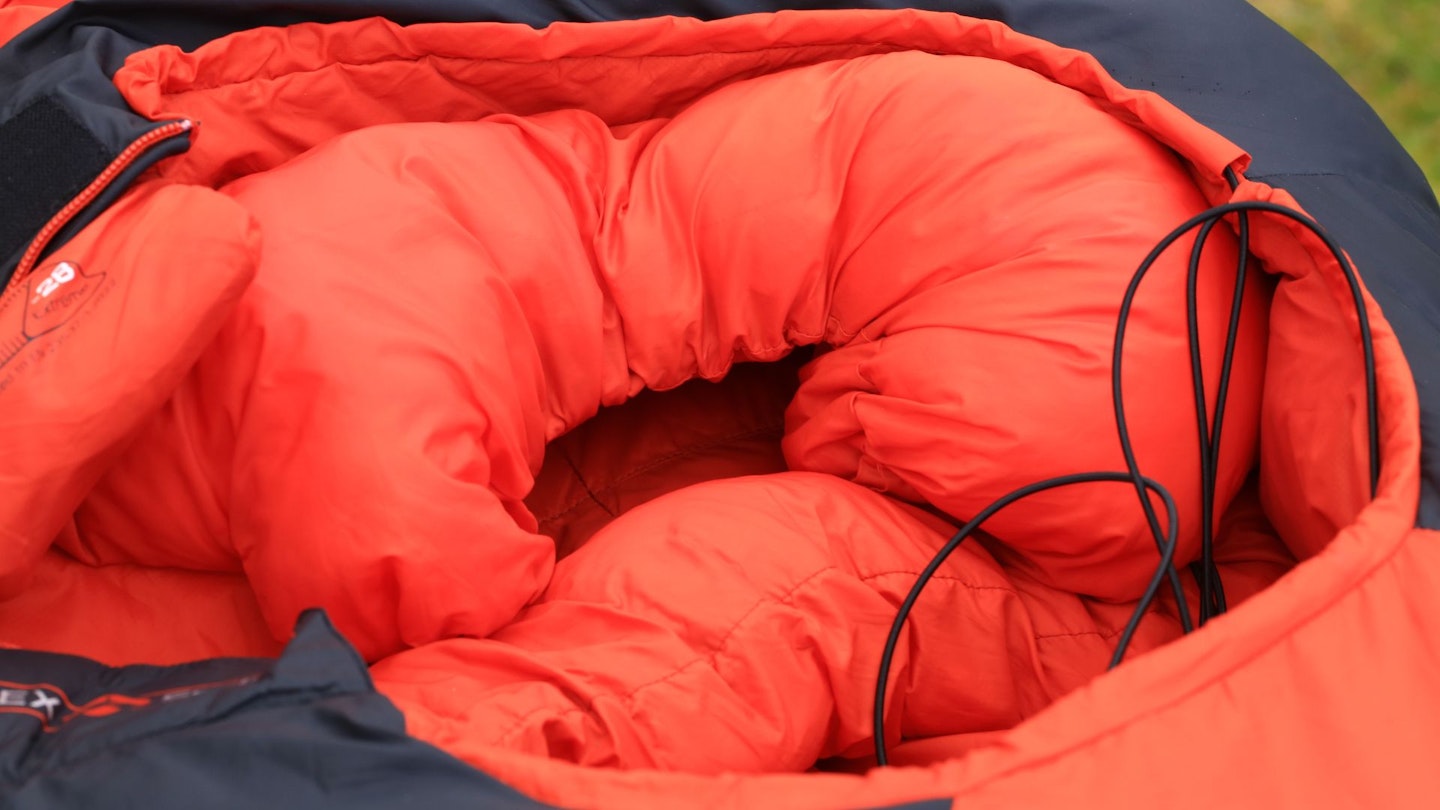
Unfortunately, the caveat is that there is only one size of the Apex 3, which offers an internal length of 205cm and internal chest width of 82cm. So, while people close to those proportions are perfectly catered for, those too big won’t fit and those significantly smaller lose a chunk of that thermal efficiency the bag is designed to capture.
Price and competition
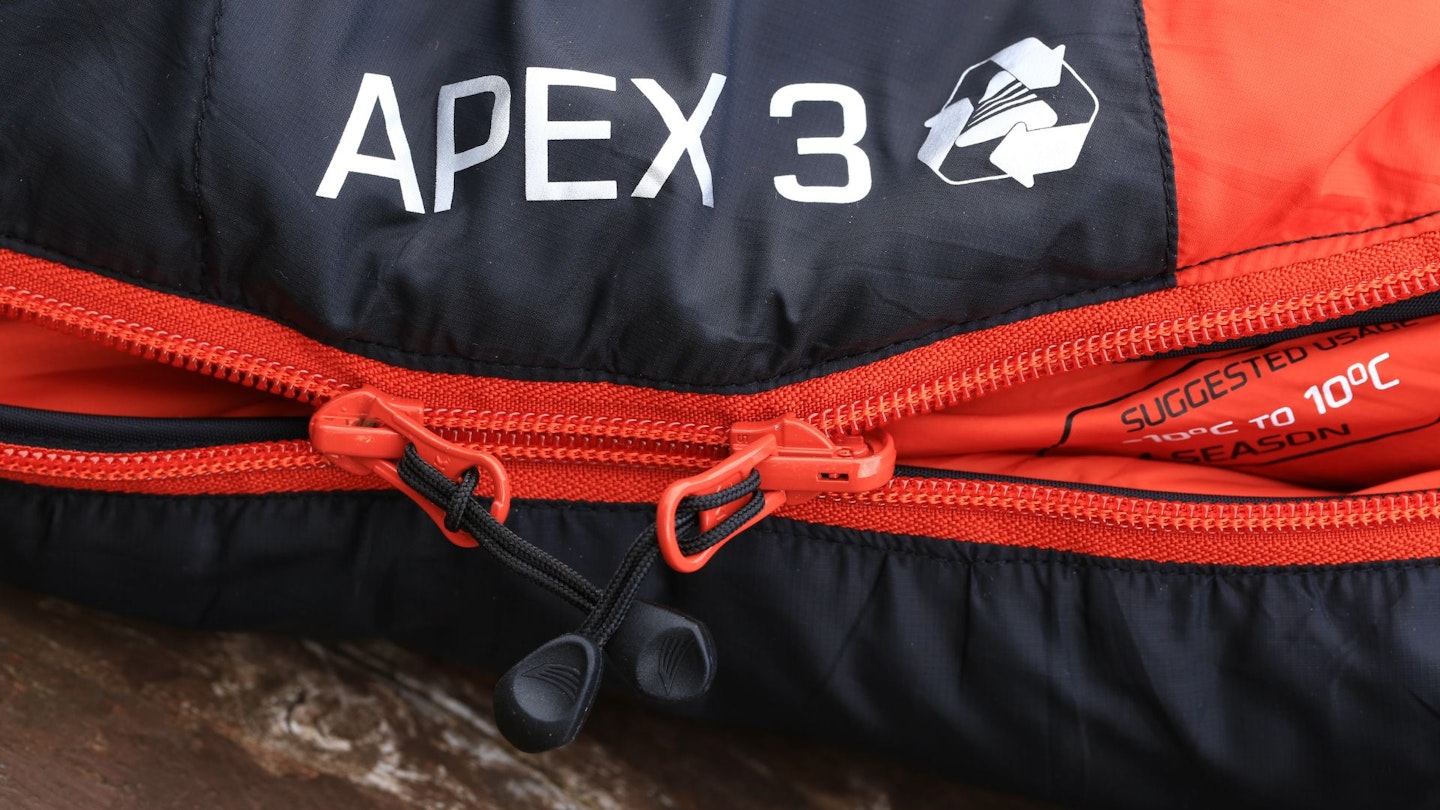
At £160, this is a very well priced 3-4 season sleeping bag. If your cater to the weight, and more importantly, the bulk, it’s a good option to consider. But it’s by no means the only option.
The aforementioned Robens Glacier III -9°C is even better value while offering similar performance and durability. For £200, the Marmot Trestles Elite Eco 15 is a good option too, for those wanting something lighter.
Rab has its Solar Eco 3 and Eco 4 sleeping bags too. These are synthetic-insulated sleeping bags that cost around £200. They’re relatively lightweight (1.24kg for Eco 3, 1.48kg for Eco 4) and a bit more compact, while maintaining competitive temperature ratings. They also boast better eco credentials.
Verdict

For £160, the Vango Apex 3 is a very good backpacking sleeping bag. We liked its comfort, performance, and the fact it’s fully recycled.
But, if you are able to stretch your budget to £200 (or save a bit longer) we’d recommend doing so. Our pick of sleeping bags of this type are the Rab Solar Eco 30 and 40 models. Not only do they have a superior warmth-to-weight ratio, but they are more sustainable too (in addition to being recycled, they’re PFC-free, and Rab is a Fair Wear Foundation leader and certified carbon neutral).
It’s a competitive world out there.
How we tested

The Vango Apex 3 was tested by our Senior Writer Chris Williams in Scotland in early spring. Chris has been testing gear on LFTO since 2021 and worked for one of New Zealand’s leading outdoor gear brands prior to joining us. He is a true gear expert with a detailed understanding of what makes outdoor gear work the way it does.
